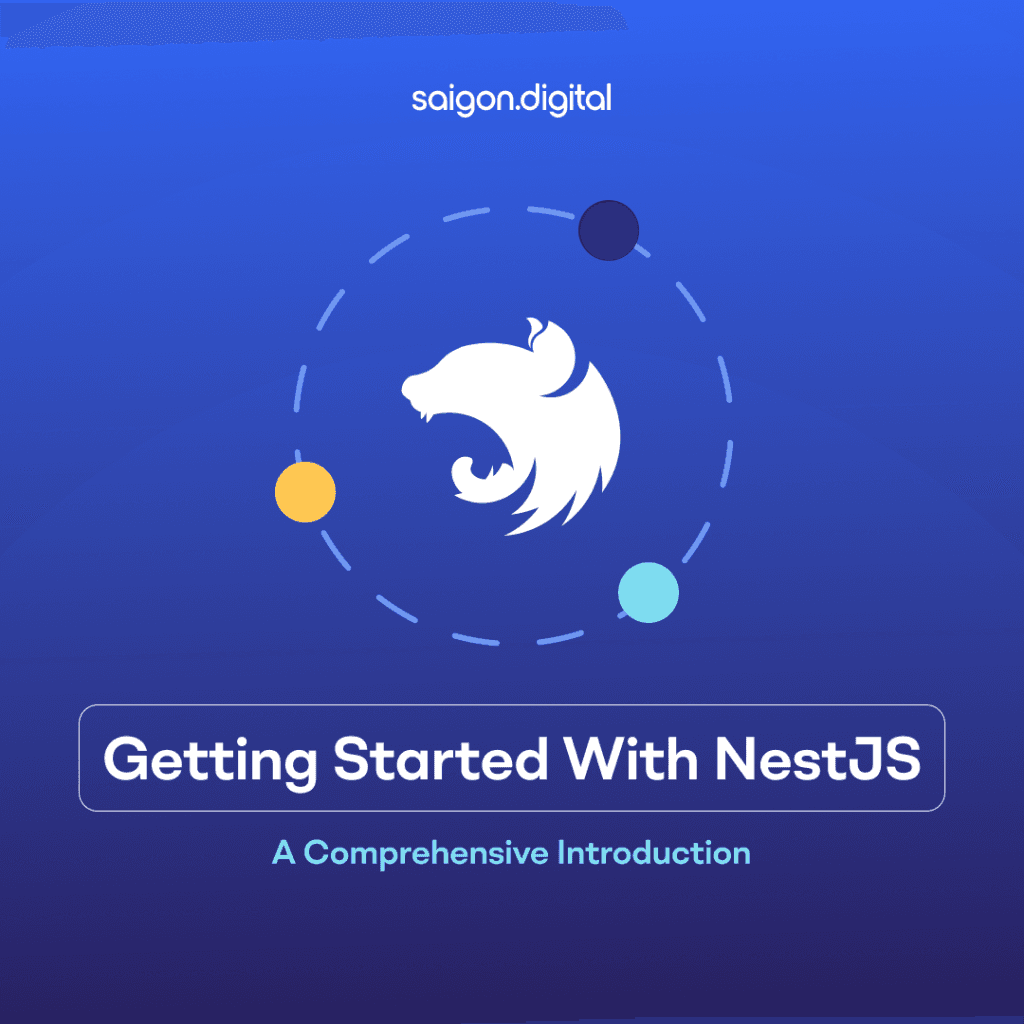
What is NestJS?
NestJS is a framework for building server-side applications with Node.js. It is heavily inspired by Angular, leveraging concepts like dependency injection, decorators, and modules to provide a scalable and maintainable architecture. NestJS is built with TypeScript, which adds static typing to JavaScript and helps catch errors during development, making your codebase more robust.
Why Developers Prefer NestJS Over Other Node.js Frameworks
When building server-side applications with Node.js, developers often choose frameworks like Express or Koa for their simplicity and flexibility. However, as applications grow in size and complexity, maintaining clean, modular, and testable code becomes a challenge. This is where NestJS stands out.
Here are a few key reasons why developers prefer NestJS over other Node.js frameworks:
1. Built-in Architecture
Unlike minimal frameworks such as Express, NestJS provides a well-structured architecture out of the box. Inspired by Angular, it uses modules, controllers, and providers, which help organize applications into clear, maintainable building blocks.
2. TypeScript Support by Default
NestJS is written in TypeScript, offering static typing, autocompletion, and early error detection. While you can add TypeScript to Express, it’s optional and requires extra setup. With NestJS, it’s ready to use from day one.
3. Scalability
NestJS applications are designed to scale easily, whether you’re building a small REST API or a complex microservices architecture. Features like dependency injection, modularization, and built-in support for microservices make it ideal for enterprise-level projects.
4. Extensive Ecosystem & Integrations
NestJS supports popular technologies out of the box, including GraphQL, WebSockets, and gRPC. It integrates seamlessly with ORMs like TypeORM and Prisma, making database management smoother.
5. Testability
Thanks to its modular architecture and dependency injection system, NestJS makes unit and integration testing more straightforward compared to Express or Koa.
6. Active Community & Documentation
NestJS has a fast-growing community and excellent documentation, which means developers can find resources, tutorials, and support more easily.
Why Saigon Digital Chose NestJS?
Our partnership with Visa Hotel Now, an innovative leader in the hotel industry, demonstrated our capability to tackle complex challenges and achieve ambitious go-live dates. Visa Hotel Now required a robust and seamless reservation system that allowed clients to register visas and book hotels swiftly.
They also needed real-time price updates and several sophisticated features. NestJS proved to be the perfect solution, meeting all their requirements efficiently.
Installation
Before we dive into coding, let’s start by installing NestJS. You can use the following command to create a new NestJS project using the Nest CLI:
This will create a new NestJS project with the necessary boilerplate code.
Creating a Controller
Controllers are responsible for handling incoming requests and returning responses to the client. Let’s create a simple controller that responds with a “Hello World!” message.
Creating a Module
Use modules to organise the application into cohesive blocks of functionality. Let’s create a module for our controller.
Bootstrapping the Application
Now let’s bootstrap our NestJS application by creating an entry point.
Running the Application
To run the application, use the following command:
Now, if you navigate to http://localhost:3000 in your browser, you should see the "Hello World!" message.




